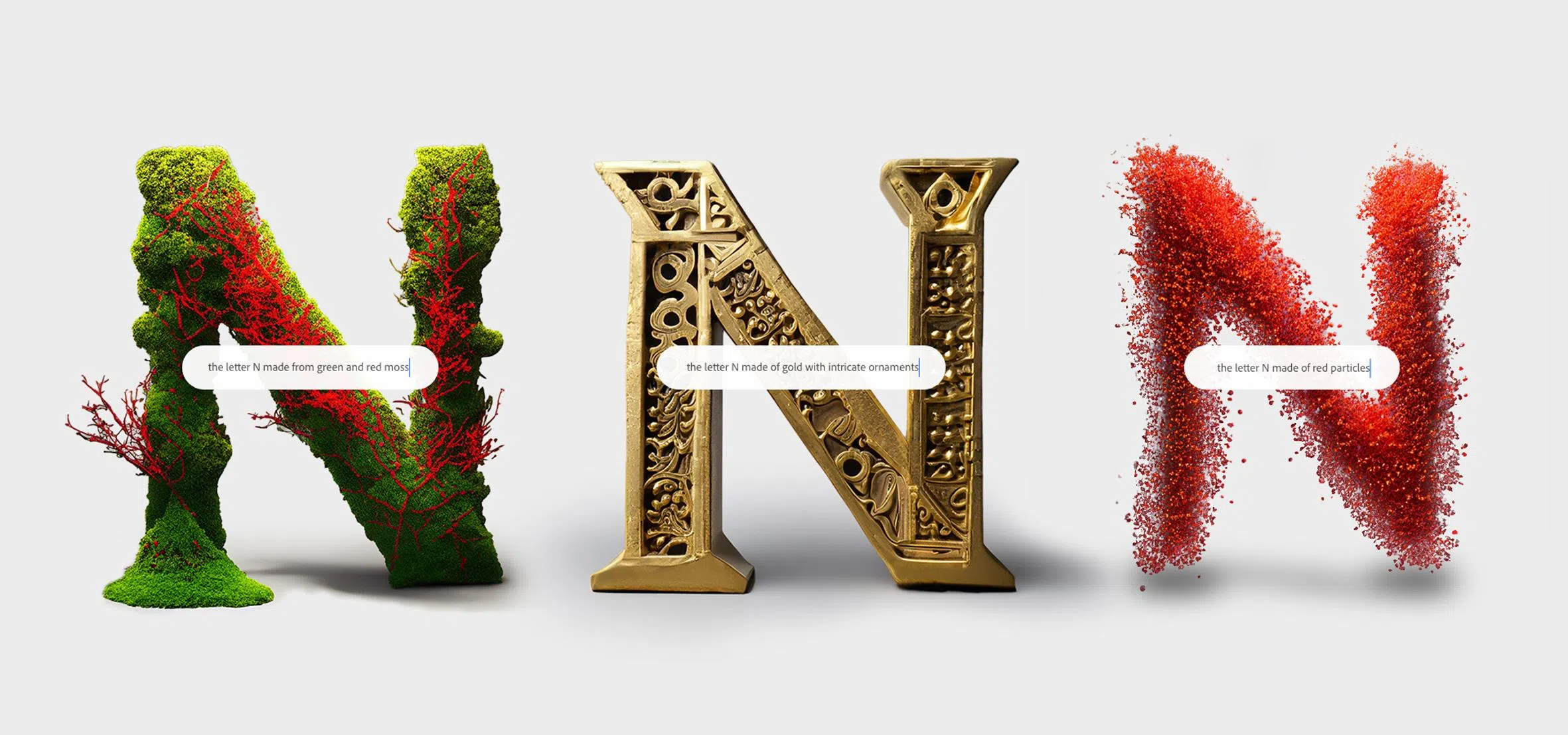Adobe to pay AI-content creators in groundbreaking move
Sign up now: Get ST's newsletters delivered to your inbox

Firefly – Adobe's new family of generative AI models – is being made available at no charge in beta form from March 21.
PHOTO: ADOBE
Follow topic:
Las Vegas - Software company Adobe has announced that it plans to pay content creators using its new AI tools – a groundbreaking move by the technology firm to recognise and reward original work from generative artificial intelligence.
In another first, it also said at its annual summit on Tuesday that it will allow creators the choice to not let their work be used to train the firm’s AI model.
The 40-year-old company, once courted by Apple co-founder Steve Jobs and widely known for its Photoshop and Acrobat solutions, on Tuesday launched new AI tools for its suite of applications in content creation, customer-experience management and data analytics.
With just a text prompt, content makers from amateur TikTokers to graphic designers can use Firefly – its new family of generative AI models – to create images, audio, illustrations, videos or 3D models.
The firm is making Firefly available at no charge in beta form from Tuesday in its Express, Experience Manager, Photoshop and Illustrator applications before rolling it out to other solutions.
“Adobe is exploring ways to enable creators that contribute content for training to benefit from the revenue Firefly generates from images generated from the Adobe Stock data set. We will share details on how contributors are compensated once Firefly is out of beta,” it added, referring to the end of the product test period.
Giving examples of how Firefly could work, Adobe highlighted retailers who could make “infinite variations” of a photograph for use in e-commerce; film-makers who could automatically generate different versions of trailers to market new films and TV series; and marketers who could see, in real time, which iteration of their campaigns and aspects such as colours, objects and ad copy get the most traction with consumers.
For content creators who do not want their work used to train its AI model, Adobe is letting them add a “Do Not Train” tag. It will also tag work done by AI.
These measures meet some of the goals of the 900-member Content Authenticity Initiative, which Adobe founded in 2019 with Twitter and The New York Times to promote the recording, tracking and recognition of provenance – or creator credentials – in content creation.
Mr David Truog, principal analyst at consulting firm Forrester, said that besides its intention to compensate creators, Adobe has made two significant moves.
The model Adobe is releasing with Firefly is trained on licensed content, including Adobe Stock images and those from other sources, he said. This contrasts with Stable Diffusion – another generative AI model for visual content – whose creator is being sued by Getty Images for training its model using millions of unlicensed images.
Firefly includes features for reducing demographic stereotypes in generated images – such as “doctors are men, nurses are women”. That is important because the vast collections of content that generative AI models are trained on inevitably contain these historical biases, he added.
While the United States Copyright Office recently ruled that AI-generated images cannot be granted copyright as they are not made by humans, Mr Truog predicts that Adobe’s approach will succeed in protecting creators and their work.

Adobe also said it plans to pay creators that allow their work to be used to train its AI model.
PHOTO: ADOBE
“The ruling was about granting copyright to an AI, whereas what Adobe aims to do with Firefly is to protect the rights of humans whose work contributes to AI-generated content, which is different,” he said.
Mr Ray Wang, industry analyst with Constellation Research, said the speed and ease of content generation with Firefly will be a boost to the San Jose-based Adobe, which just beat market estimates with 10 per cent revenue growth in its first financial quarter, following a record revenue showing last year.
“Everyone is just experimenting (with generative AI), but no one knows how to take an idea and get it quickly into the marketplace,” he said, highlighting Adobe’s strength in owning solutions across a marketing campaign’s workflow.
He does not expect any additional licensing fees to deter Adobe users, even if Adobe implements them.
“Most licensing models are fairly affordable”, he said. “The marketplace that pays creators the most, or rewards them and protects them, is the one that typically wins.”

With just a text prompt, content makers can use Firefly to create images, audio, illustrations, videos or 3D models.
PHOTO: ADOBE
Adobe plans to make Firefly compatible with non-Adobe applications.
While tech companies have shed over a hundred thousand workers since last November to trim costs, Adobe plans to increase its global headcount of 26,000.
Mr Simon Tate, its president for the Asia-Pacific, said it is filling positions across the board – from sales and marketing and development to data specialists for generative AI.
“We need skills in distribution, partners and alliance-type roles as we build out an ecosystem,” he said. “In the Asia-Pacific, we have customers in 13 countries, and so we need language skills as well.”
Some of the jobs will be in Singapore, its headquarters for South-east Asia, where business is trailing that in India by just “a couple of percentage points”, he said.
“We’re not joining the layoff party.”


